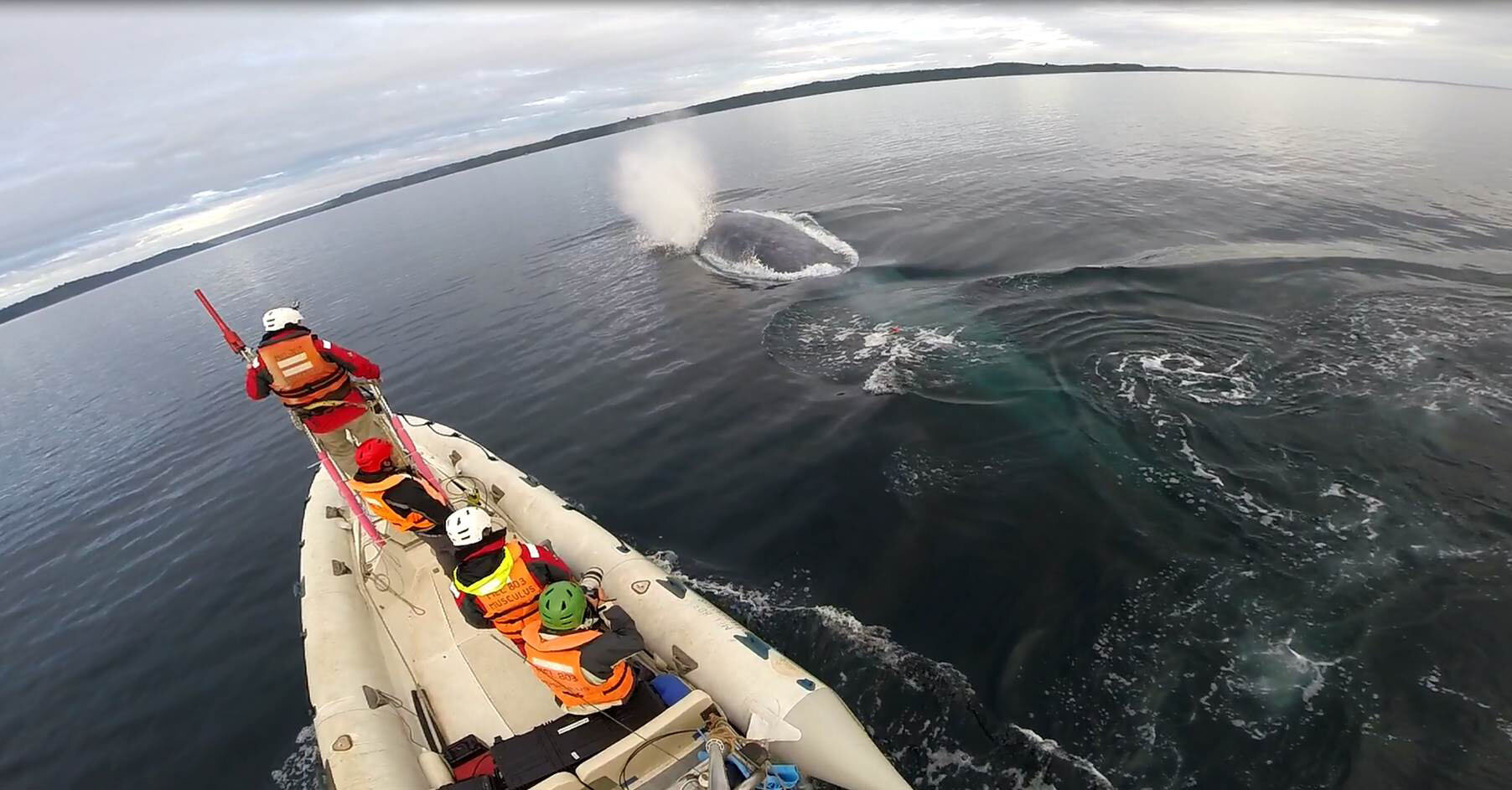
Chile
Photo © WWF / Francisco Viddi
For more than a decade, WWF and local partners have been working extensively towards the conservation of the unique and fragile marine ecosystems of Southern Chile.
The Chilean Patagonia region is one of the most biologically productive and diverse areas in the world, where more than half of the worldwide cetacean species roam, and among these, unique and endangered species can be found in these waters, such as killer whales, humpback, sei and blue whales, among others.
Blue whales are at the moment, one of the most vulnerable of large cetaceans due the extensive hunt they were subjected to during the whaling era, leaving them on the brink of extinction. More than 300,000 blue whales were killed, meaning that less than 0.001 per cent of the original population remains in our oceans. Blue whales are known to inhabit a vast area extending from the ice-edge in the Antarctic region to as far north as the Galapagos and Easter Island by the West, covering hundreds of thousands of square kilometers.
In spite of the blue whales’ uniqueness, many fundamental aspects of its biology, including migratory routes, the location of feeding and breeding grounds (critical habitats) as well as possible alternative life strategies remain unveiled. In consideration that blue whales possess a near total dependence on krill and that we have witnessed an 80 per cent decline in Antarctic krill populations since 1970, it becomes key to uncover the patterns of blue whale movements, habitat use and hotspots of activity, to direct multi-scale (local, national and regional) management actions in order to save the most majestic animal ever to have existed on Earth.

